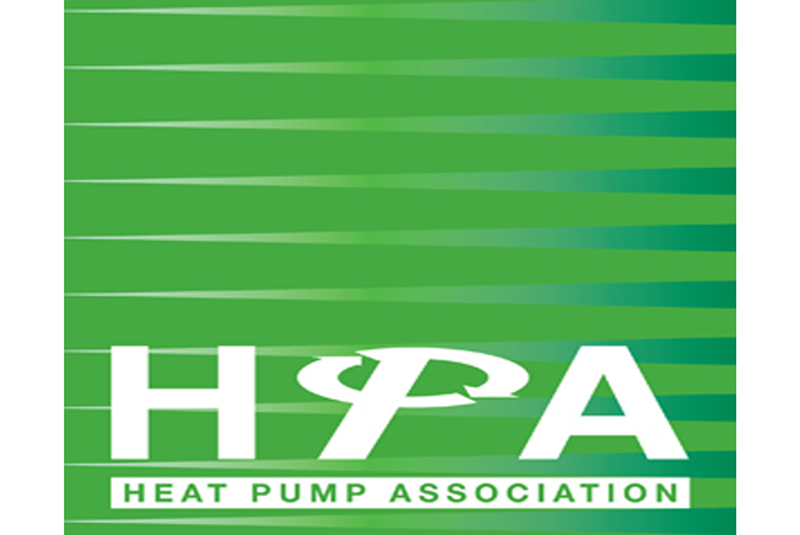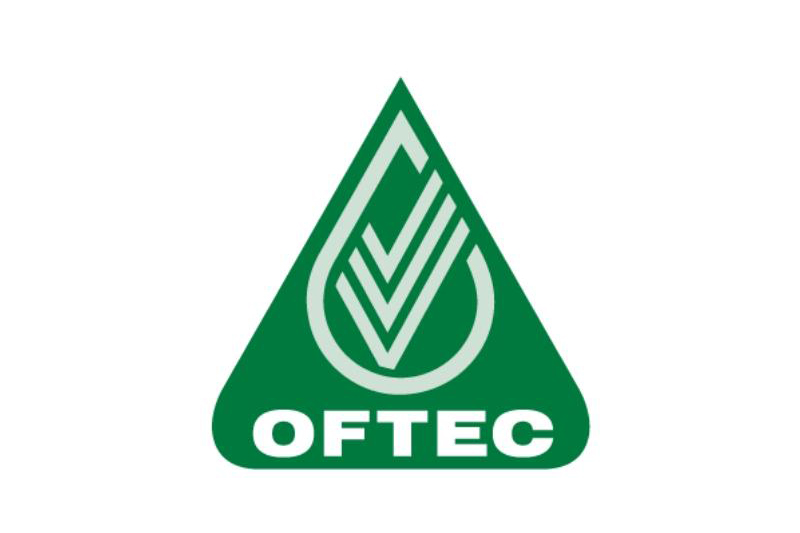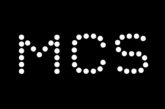
The Heat Pump Association (HPA) has responded to the long-awaited government reforms to the Renewable Heat Incentive (RHI), first announced on 16th December 2016.
While the unexpected laying of part of the RHI Reform package may have caught many by surprise (in that it arrived a little earlier than expected), Mike Nankivell, President of the HPA, has welcomed it, saying: “It ensures the continuum of the scheme by ensuring the degression triggers have been revised to take account of growth in the scheme.” Mr Nankivell added: “The increased tariffs for ASHP & GSHP underscore the importance of these technologies in the Government’s carbon reduction commitments and makes investment in such technologies attractive to end users and consumers.”
These revised regulations also introduce heat demand limits intended to reduce the rate of return for ‘large’ heat demand projects. Whilst the HPA does not fully support the limits suggested, the reasons for their imposition is understood. The revised regulations are due to come into effect on 20th September 2017 and more information can be found on the HPA website – www.heatpumps.org.uk.
How do the Heat Demand Limits Work?
There is a little confusion over when and how these changes apply, so some scenarios may assist:
Scenario 1:
A Domestic ASHP Project was installed in 2017 and an application for RHI was made on 10th December 2017. The application is accepted and payments will be made at 7.33p/kWh, regularly adjusted for inflation.
Scenario 2:
A domestic GSHP project with an EPC of 35,000kWh gross pa and an SCoP of 4.00 made an application to Ofgem for RHI after 16th December 2016, but before 20th September 2017. The application is accepted and payments will be made at 19.44p/kWh for all of the eligible period before 20th September 2017, and 19.86p/kWh thereafter. Payments will be based on the 35,000kWh which is adjusted by the SCoP to reflect the net renewable energy contribution calculated by (1 – 1/SCoP)), which in this case is 0.75; hence 26,250 kWh (35,000 x 0.75) will be eligible.
Scenario 3:
In the same scenario as above, the application for the project is made after 20th September 2017. In this case the Heat Demand Limit will come into force and the gross eligible heat demand will be capped at 30,000 kWh. This too will be adjusted for the renewable heat component by the same factor; hence only 22,500 kWh net is eligible for the same payment structure.
Because of the potential increase in tariff for ASHP, but the imposition of a Heat Demand limit, there is clearly a point at which the benefit of one cancels out the increase in the other. Because the increase in tariff is 39% the break even point is circa 20,000 kWh + 39% i.e. 27,800 kWh.













